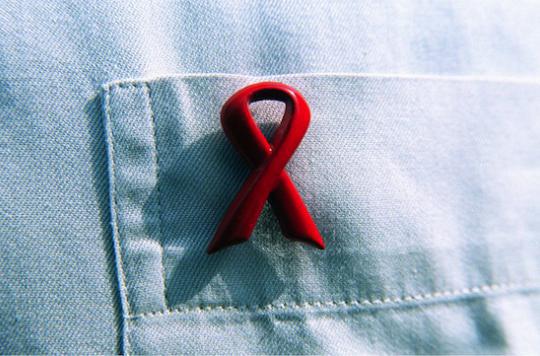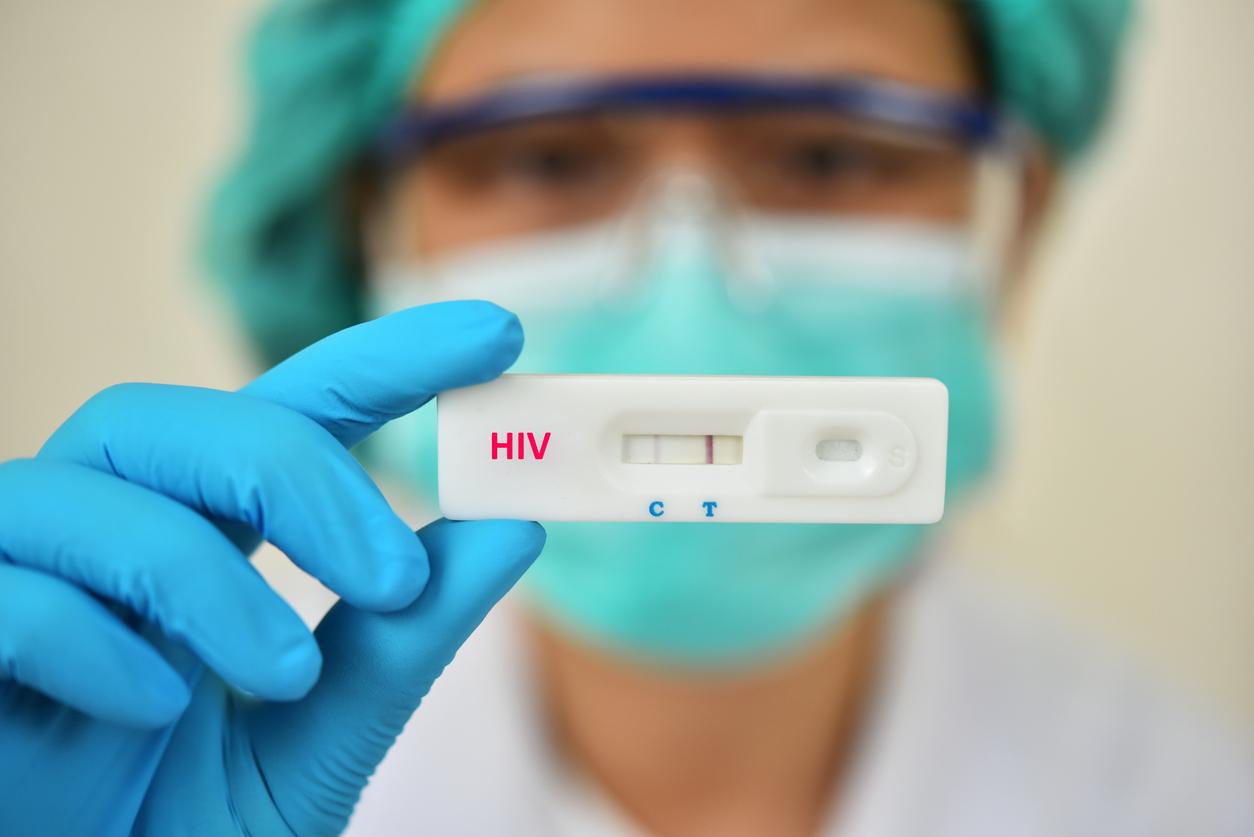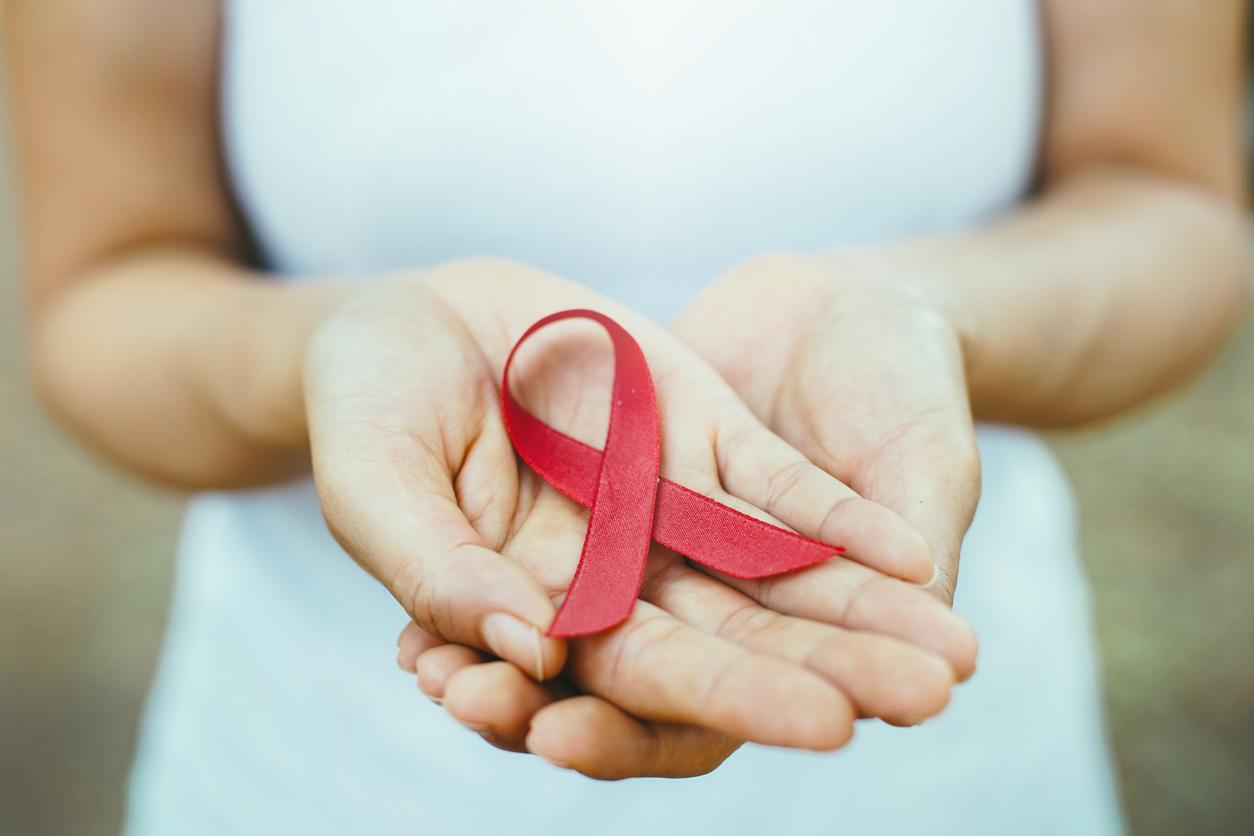A new UNAIDS report highlights the huge progress that has been made in access to antiretrovirals. 15 million people now have access to it.

From 700,000 people in 2000, the number of HIV-positive people accessing antiretroviral therapy has increased to 15 million this year. A colossal progress, which has made it possible to contain the epidemic, and reduce the mortality associated with HIV, according to a new report from UNAIDS, the United Nations agency that coordinates the fight against the epidemic.
Today, around 34 million people are living with HIV around the world. With the promotion of access to treatment, 7.8 million deaths were prevented between 2000 and 2014. The fight against the disease has also focused on reducing the number of deaths linked to tuberculosis, contracted due to weakened immune system.
Thanks to access to antiretrovirals and improved care, the number of deaths from tuberculosis fell by 33% between 2004 and 2013. The protection of children of parents with HIV has also been strengthened.
All these efforts have made it possible, over the past decade, to increase life expectancy in the countries most affected by the epidemic. For example, in South Africa, people have gained 8.5 years of life since thanks to the increased access of the population to antiretroviral therapy.
The 90-90-90 plan
UNAIDS is pleased to have reached the milestone of 15 million people on treatment, and is laying the groundwork for the future. The new target for 2020, called “90-90-90”, aims to ensure that 90% of people living with AIDS are screened, that 90% are on treatment, and finally, that 90% of people living with AIDS are tested. between them reach a prolonged viral suspension.
The UN agency estimates that with such measures, the epidemic could be eradicated by 2030. In order to implement the new plan, it wishes to draw inspiration from the initiatives that have worked to reach the 15 million people on treatment.
In particular, the report highlights the importance of funds used to finance treatments, which have increased over the period. Among the resources used in anti-HIV programs, only 23% were allocated to the dissemination of antiretroviral treatment. Between 2005 and 2010, this share rose to two thirds of resources.
In addition, awareness campaigns have continued to reach new people, and technological innovations have made it possible to develop diagnostic tests that are more reliable, faster and cheaper.
UNAIDS recommends that these actions be continued in order to achieve the “90-90-90” target, with strong commitment from governments.
.

















